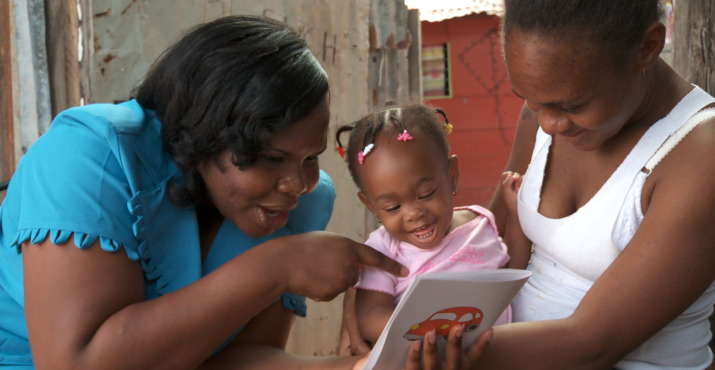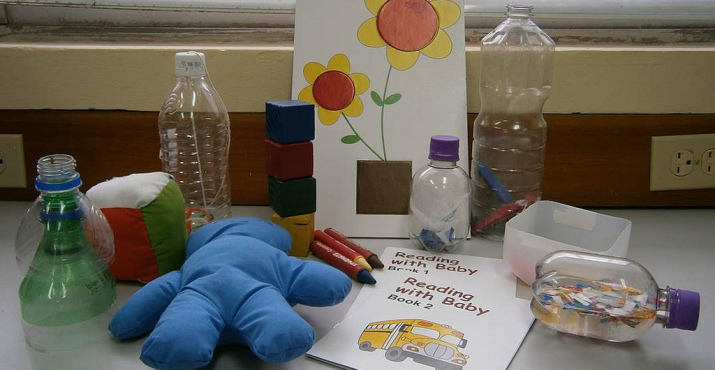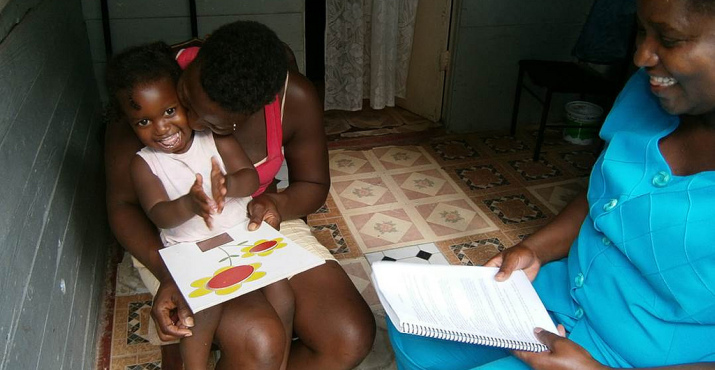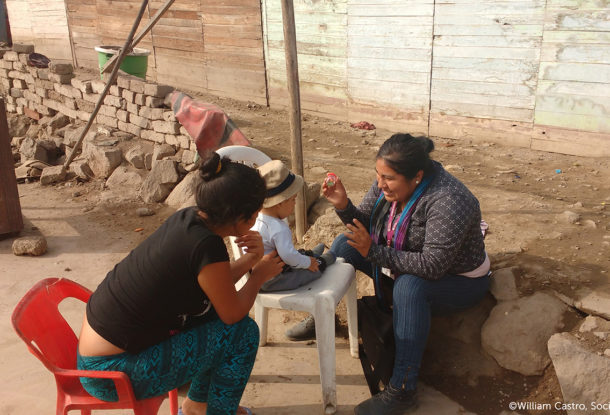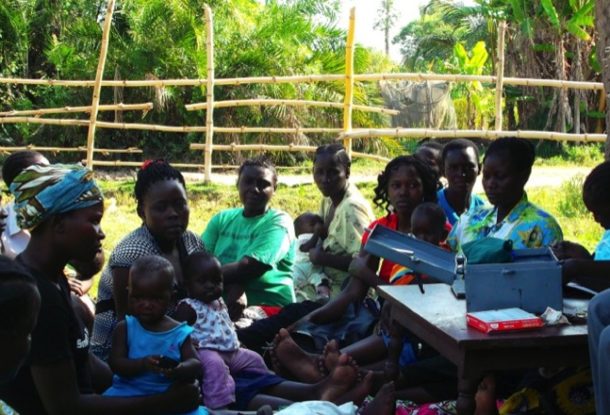During the initial phase, conducted in four early-user countries:
- 260 children are expected to benefit.
- 320 parents will receive the intervention to increase their knowledge and practice of responsive parenting in the home.
- 40 community workers will be trained to conduct the intervention program.
- 8 supervisors will be trained to conduct the training workshops.
- 1000 stakeholders and users will be reached through regional meetings and listserv.
Three areas are critical foundations for healthy child development: stable, responsive, and nurturing care-giving with opportunities to learn; safe and supportive physical environments; and appropriate nutrition.
-- Margaret Chan, May 2013
 Inadequate home stimulation is one of the key problems preventing children in middle and low income countries from reaching their full developmental potential. [1-3] Recent evidence points to the importance of the home environment and appropriate interactions with the parent or primary caregiver during early childhood as critical mediators to the achievement of optimal child development.[4] Few evaluated programs exist and there is a lack of adequate guidance and expertise for agencies who would like to address these issues.
Inadequate home stimulation is one of the key problems preventing children in middle and low income countries from reaching their full developmental potential. [1-3] Recent evidence points to the importance of the home environment and appropriate interactions with the parent or primary caregiver during early childhood as critical mediators to the achievement of optimal child development.[4] Few evaluated programs exist and there is a lack of adequate guidance and expertise for agencies who would like to address these issues.